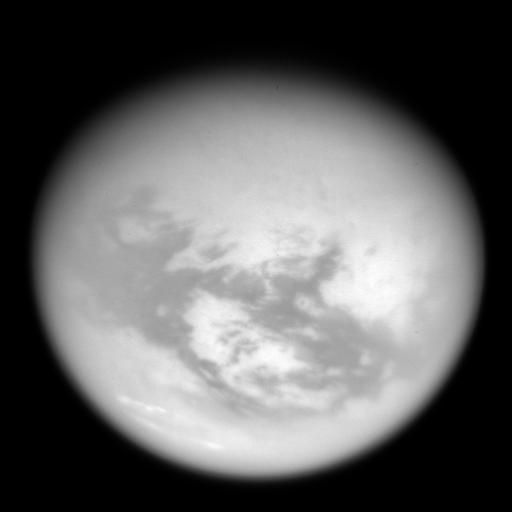
NASA has selected proposals, including two from the Jet Propulsion Laboratory in Pasadena, Calif., for future lunar science activities. In addition, the agency has established two new programs that will enhance research made possible by the Vision for Space Exploration.
The proposals and programs are part of an effort by NASA to develop new opportunities to conduct important science investigations during the planned renewal of human exploration of the moon.
The seven selected proposals will result in advanced development for simple, autonomous instrument packages deployed on the lunar surface by astronauts. Such "suitcase science" packages could open up a wide variety of research applications regarding the moon and the lunar environment.
Some of the funded efforts will help scientists better understand the lunar dust that creates problems for astronauts on the moon. Other studies will provide a better understanding of the moon's interior, look for natural resources on the lunar surface and use lasers to provide precise information about the position of the moon and its features.
"The proposals we received show that the scientific community is excited about the opportunity to capitalize on the nation's planned lunar outpost. The moon has much to teach us about itself, the history of our solar system, and even the history of the sun. In the future, more and more scientists will be able to participate in lunar research as we focus attention on Earth's fascinating satellite," said Alan Stern, associate administrator for NASA's Science Mission Directorate.
The two selected proposals from JPL are:
"Autonomous Lunar Geophysical Experiment Package"--William Banerdt, principal investigator".
"Lunar Laser Transponder and Retroreflector Science"--Slava Turyshev, principal investigator".
The other selected proposals are:
Goddard Space Flight Center, Greenbelt, Md., "Volatile Analysis by Pyrolysis of Regolith on the Moon using Mass Spectrometry"-- Daniel Glavin, principal investigator.
Goddard Space Flight Center, "Seismology and Heat flow instrument package for Lunar Science and Hazards"-- Patrick Taylor, principal investigator.
Southwest Research Institute, Boulder, Colo., "Lunar Radiation Environment and Regolith Shielding Experiment"-- Donald Hassler, principal investigator.
U.S. Army Engineer Research and Development Center, Fort Wainwright, Alaska, "Lunar Suitcase Science: A Lunar Regolith Characterization Kit" --Jerome Johnson, principal investigator.
Ball Aerospace and Technologies Corp., Boulder, Colo., "Autonomous Lunar Dust Observer" -- Christian Grund, principal investigator.
Under the planned Lunar Advanced Science and Exploration Research program, proposals will be solicited for investigations to increase knowledge of the moon while also providing necessary information for humans to live and work there. Studies may include simulations and laboratory work to better understand the lunar environment and its hazards, such as dust and radiation. The program also will support analysis of existing lunar data, including the Apollo and robotic mission data archives, and work to understand the origin and evolution of the moon.
In the upcoming Lunar Reconnaissance Orbiter Participating Scientist Program, NASA will select researchers to perform detailed investigations using instruments aboard the spacecraft during its first years in lunar orbit. Proposals for both programs are due Sept. 7, 2007.
Lunar Reconnaissance Orbiter is NASA's next orbital mission to the moon. Launch is planned in late 2008. It will orbit the moon for at least one year, providing data to accelerate opportunities for future science missions and human exploration.
More information:
http://www.nasa.gov/explorationImage credit: USGS
Source:
NASA In this photograph can be seen lunar craters on the moon, and seas of the moon, the darker and flat areas of the Moon. The seas of the moon can be seen with the naked eye, especially when the moon is full and that has the name of seas such as the famous "sea of tanquilo" in which the astronaut Neil A. Armstrong landed on the moon in 1969, never have hosted water inside, are actually lava fields that have been formed at the origin of the Moon. At the bottom left of the picture, you can see these seas. At the top of the picture we can observe craters more clearly.
In this photograph can be seen lunar craters on the moon, and seas of the moon, the darker and flat areas of the Moon. The seas of the moon can be seen with the naked eye, especially when the moon is full and that has the name of seas such as the famous "sea of tanquilo" in which the astronaut Neil A. Armstrong landed on the moon in 1969, never have hosted water inside, are actually lava fields that have been formed at the origin of the Moon. At the bottom left of the picture, you can see these seas. At the top of the picture we can observe craters more clearly.



















